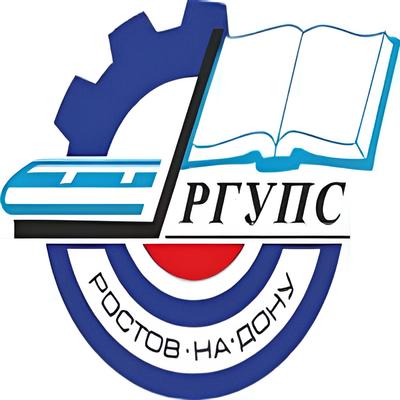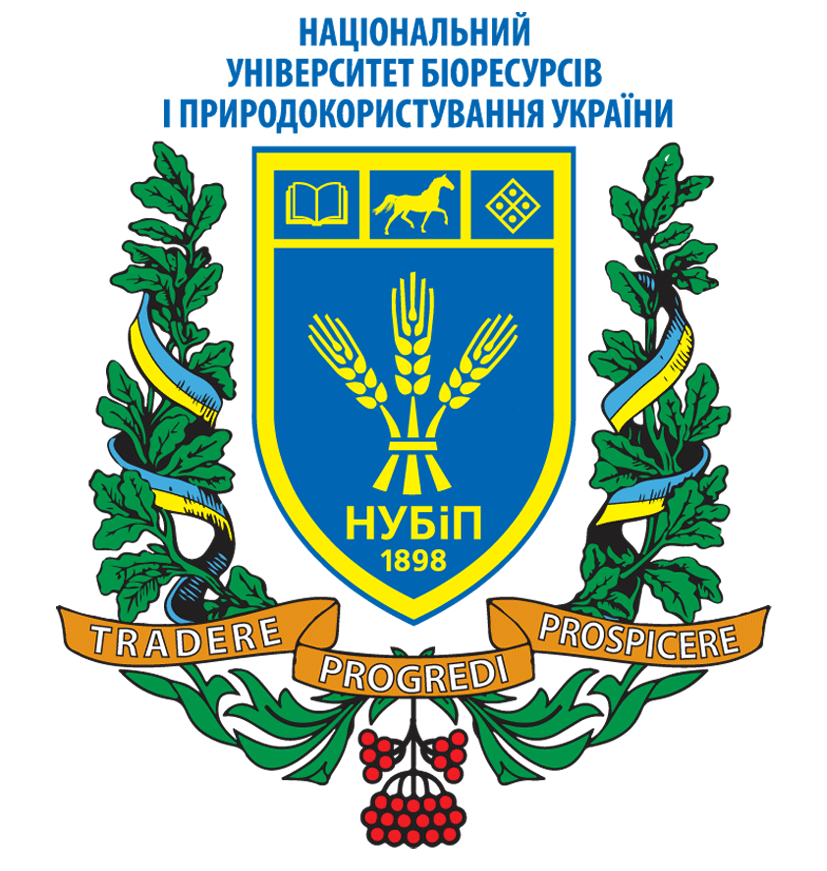Statistical Analysis of the Effect of Educational Opportunities and Community Involvement on Adolescents and Sexual Reproductive Health Policy on Retention of Girl Child in Public Secondary Schools in Butula Sub-County, Kenya
DOI:
https://doi.org/10.51867/Asarev.Maths.1.1.8Keywords:
Girl Child Retention in Public Secondary Schools, Community Involvement, Educational OpportunitiesAbstract
Girls’ retention in schools has been found to be a major challenge. Failure to retain girls in secondary schools can be considered as a waste of potential human resources and money spend on them in primary education and time lost in sending them to school in the first place. These girls may become a breed of illiterate women who are less productive economically, socially and politically. Among the critical contemporary social issues affecting many countries is teenage pregnancies. This research, therefore, analyses the effect of educational opportunities and community involvement on girl child retention in public secondary schools in Butula sub-county, Kenya using statistical method. Specifically, the research seeks to establish statistically the impact of educational opportunities and community involvement on girl child retention in public secondary schools in Butula Sub-county, Busia County. The study targeted a sample size of 300 respondents which were selected using convenient and purposive sampling techniques based Mugenda and Mugenda (2004) formula. Also, the data from both primary and secondary sources was used in the study. The instruments for gathering the data comprised questionnaires, interviews, and records from the schools. A SPSS version 25 was used to establish any link between the Adolescent Sexual Reproductive Health Policy and girl child retention in public secondary schools Butula Sub-County, Busia County. This study will increase understanding of the effect of teenage pregnancy on class attendance in public secondary schools in Butula Sub-county. The findings of the study indicated that girls missed school during their menstruation because sanitary facilities were inadequate.
References
African Institute for Development Policy. (2016). Adolescent sexual and reproductive health in Busia County. AFIDEP.
Banke-Thomas., O. E., Aduragbemi, O. B.-T., and Ameh, C. A. (2017). Factors influencing utilisation of maternal health services by adolescent mothers in Low-and middle-income countries: a systematic review. BMC Pregnancy and Childbirth (2017) 17:65.
https://doi.org/10.1186/s12884-017-1246-3 DOI: https://doi.org/10.1186/s12884-017-1246-3
Barroy, H., Cortez, R., Nora, L. J., and Wang, H. (2016). Addressing Adolescent Sexual and Reproductive Health in Niger: Discussion Paper. Washington DC, USA: The International Bank for Reconstruction and Development /The World Bank.
https://doi.org/10.1596/24432 DOI: https://doi.org/10.1596/24432
Creswell, J. W., Plano, L., and Clark, V. (2007). Designing and Conducting Mixed Methods Research. London: Sage Publications Ltd. https://doi.org/10.1177/1558689806298644, https://doi.org/10.1177/1558689807306132 DOI: https://doi.org/10.1177/1558689806298644
Fraenkel, J., and Wallen, N. (2003). How to Design and Evaluate Research in Education. New York: McGraw-Hill.
Kamai, M. (2009). Factors affecting utilization of skilled maternity care services among married adolescents in Bangladesh. Asia Population Studies Volume 5, - Issue 2. https://doi.org/10.1080/17441730902992075 DOI: https://doi.org/10.1080/17441730902992075
Keya, S., and Makau, B. (1989). Guideline for the Formulation of Research Project Report Proposals. Nairobi-Kenya: The National Council for Science and Technology.
Kibona, A. (2016). Involvement of Community in Secondary School Education Management in Selected Community Secondary Schools in Moshi Rural District. Unpublished Master of Education, Planning and Policy Studies in the Open University of Tanzania.
Kiran, B., and Bhusan, G. (2016). Scenario of Adolescent Sexual and Reproductive Health with Opportunities for Information Communication and Technology Use in Selected South Asian Countries. Health Science Journal.
Kirby, D., and Obasi, A. L. (2006). The effectiveness of sex education and HIV education interventions in schools in developing countries. Geneva, World Health Organization, 2006: World Health Organization.
Komora, M. G. (2014). Challenges facing the education of the girl child in kenya: a case study on experiences and views of girls in Galole Constituency of Tana River County, Kenya. Unpublished Masters of Arts Degree in Sociology.
Konji, C. M. (2015). The impact of community involvement in public secondary schools management, a case of Machakos County, Kenya. Unpublished Master of Education in the School of Education, Kenyatta University.
Kothari, C. (2011). Research Methodology: Methods and Techniques. Second Edition. India: New Age International publishers. Ministry of Health. (2016). Adolescent Sexual and Reproductive Health in Busia County: Factsheet. MOH.
Mugenda, O. M., and Mugenda, A. (2004). Research methods: quantitative and qualitative approaches. Nairobi, Kenya: African Centre for Technology Studies.
Mugenda, O., and Mugenda, A. (2010). Research Methods Qualitative and Quantitative Approaches. Nairobi: Kenyatta University, Nairobi Act Press.
Mwakio, N. (2017). Overcoming Obstacles to Educational Access for Kenyan Girls: A Qualitative Study. Journal of International Women's Studies Volume 18 - Issue 2.
Ntulume, C. K. (2019). Access to and Utilisation of Adolescent Sexual and Reproductive Health Services among Secondary School Students in Mityana district, Uganda. Journal of Biomedical Research and StudiesAbstract Volume 1, Issue 1, 102.
Omoroa, T., Grayb, S. C., Otieno, G., Mbedaa, C., Phillips-Howard, P., Otieno, F., and and Gustb, D.
(2018). Teen pregnancy in rural western Kenya: a public health issue Vol. 23, No. 4. International Journal of Adolescence and Youth.
Rutgers and GOK. (2016). Fact sheet teenage pregnancy, Kenya. Satcher, D., Hook III, E. W., and Coleman, E. (2015, August 25). Improving Patient Care and Public Health. Sexual Health in America, 314(8), pp. 765-766. doi:10.1001/jama.2015.6831 DOI: https://doi.org/10.1001/jama.2015.6831
Sodergren, S. C., Husson, O., Robinson, J., Rohde, G. E., Tomaszewska, I. M., Vivat, B.,. . . Darlington, A.-S. (2017, March 1). Systematic review of the health-related quality of life issues facing adolescents and young adults with cancer. Quality of Life Research (26), 1659-1672. doi:10.1007/s11136-017-1520-x
https://doi.org/10.1007/s11136-017-1520-x DOI: https://doi.org/10.1007/s11136-017-1520-x
UNESCO. (2011). Education for All Global Monitoring Report 2011. TheHidden Crisis: Armed Conflict and Education. . Paris: UNESCO.
UNESCO. (2005). Global Education Digest 2005. Paris: United Nations Educational,. United Nations Population Fund. (2008). Reproductive health and sexual and reproductive health framework. United Nations.
Yamane I, and Sato K. (1967) Effect of temperature on the decomposition of organic substances in flooded soil. Soil Science and Plant Nutrition. 13(4):94-100. https://doi.org/10.1080/00380768.1967.10431981 DOI: https://doi.org/10.1080/00380768.1967.10431981
World Health Organization. (2008). Promoting adolescent sexual and reproductive health through schools in low income countries: an information brief. Geneva: Department of Child and Adolescent Health and Development.
Downloads
Published
Issue
Section
License
Copyright (c) 2024 Caroline Awunya Asiepet (Author)

This work is licensed under a Creative Commons Attribution-NonCommercial 4.0 International License.



















